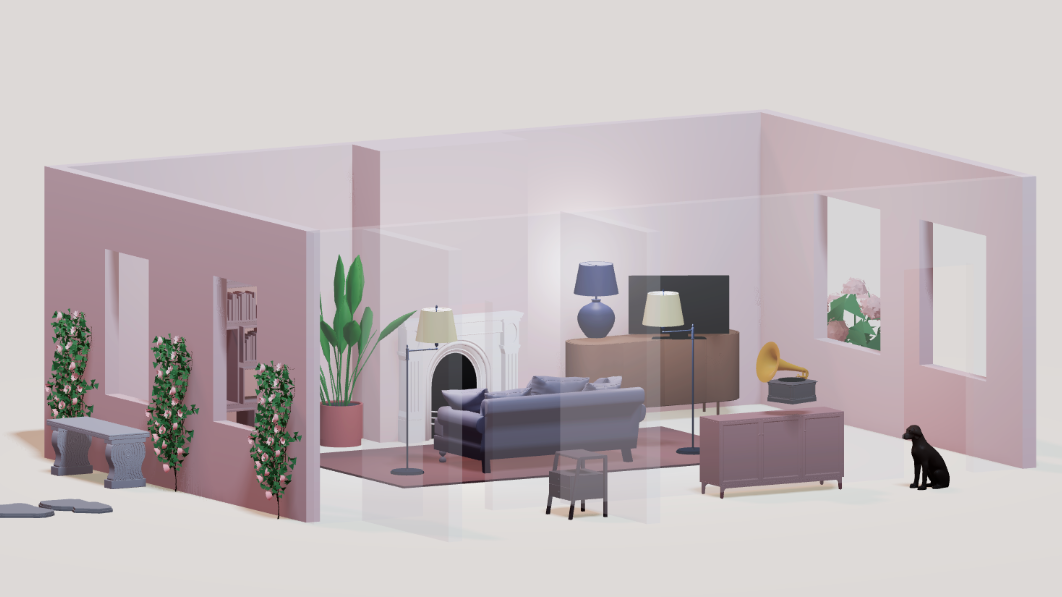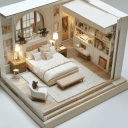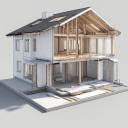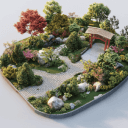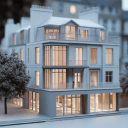Color can make or break an interior design. As designers, we often use colour zoning – painting different sections of a space in distinct colors – to define areas, set moods, and add visual interest. The challenge is convincing clients to see our vision.
This is where Arcadium 3D comes in. Arcadium 3D’s AI-powered design platform allows us to create instant 3D layouts that showcase bold color-zoning ideas in lifelike detail, so clients can visualize the transformation before a single wall is painted.
In this guide, we’ll explore how colour-zoning works and how anyone can leverage Arcadium’s tools to craft impressive, client-ready 3D visuals.
Explore Our Tool
What is Color Zoning and Why Does It Matter?
Color zoning is an interior design technique where you use different colors in specific parts of a room to delineate “zones” without physical dividers. Instead of walls or partitions, paint becomes the tool for defining functional areas.
For example, an open-plan living/dining room might have a soft sage green backdrop behind a reading nook and a bold terracotta accent around the dining area, instantly distinguishing one zone from another. This approach brings functional clarity to open spaces – each hue anchors a part of the room to a purpose.
As one architect puts it, color is an effective tool for adding structure and visual organization to a multi-use space. In practice, colour zoning not only organizes a layout, it also adds depth and focal points that make a design more memorable.
Real-World Example:
Imagine a studio apartment where the living area and home office share one room. By painting the wall behind the desk a calm blue and the rest of the space a warm neutral, an interior designer can create the feeling of two distinct zones. The blue “office” wall signals a focused work area, while the neutral tone keeps the relaxation space open and light. The result is a studio that feels like it has separate rooms – all achieved with color alone.
The Challenge: Presenting Color Schemes to Clients
While colour zoning is powerful, explaining it to clients can be tricky. Many clients struggle to imagine how a stripe of bold paint or an accent ceiling will look in their actual room. Traditionally, designers rely on mood boards, sketches, or small paint swatches to communicate color schemes.
However, these flat materials often don’t do justice to how a color zone feels in a real space. You might show a client two paint chips and say, “This yellow will highlight your dining area behind the table, and this gray will define the lounge,” but the client might still be uneasy – will it look cozy and stylish, or jarring?
Moreover, producing high-quality visuals used to be time-consuming. Creating a realistic render of a room with different colored sections could take hours or require complex software skills. If the client wanted changes, that could mean going back to the drawing board for another round of renderings. For busy interior designers, that’s lost time and momentum.
This is where Arcadium 3D’s instant 3D visualization tools solve a huge pain point. Arcadium lets you skip the tedious steps and show clients a true-to-life 3D layout of their room with your color-zoning ideas applied – virtually instantaneously.
Instead of asking clients to use their imagination, you can walk them through a rich, interactive model. Changes to colors or layouts can be made on the fly, giving clients a sense of control and reassurance. The result? Happier clients who can envision the final outcome, and quicker buy-in on bold design choices.
Explore Our Tool
Arcadium 3D – A Game-Changer for Interior Designers
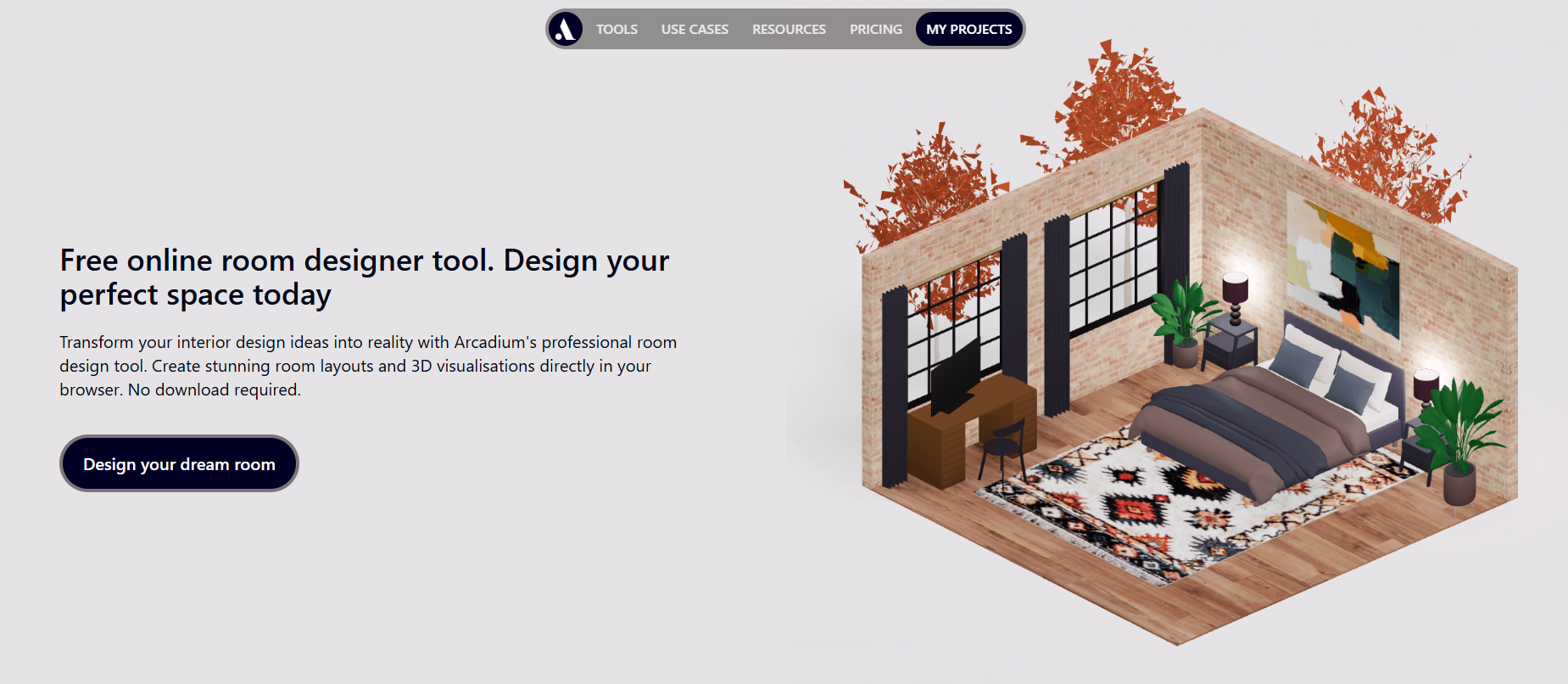
Arcadium 3D is an AI-powered, browser-based 3D modeling tool built specifically for interior design. In plain terms, it enables us to draft floor plans, furnish rooms, and experiment with decor entirely online, with no downloads, and see the results in real time. It’s like having a virtual design studio at your fingertips. Here’s why Arcadium 3D stands out:
Ease of Use and Speed:
Arcadium’s interface is extremely intuitive – more like a game than traditional CAD software. There’s virtually no learning curve; even beginners can start designing within minutes. You can sketch walls with drag-and-drop simplicity, and the tool’s real-time 3D view instantly renders your changes.
In fact, Arcadium is so fast and user-friendly that many designers have switched from complex tools like SketchUp. As one architect noted, Arcadium is fantastic for getting 3D ideas across to clients quickly, whereas other software can be very time-consuming. Another designer said they moved to Arcadium because it’s far faster and easier to ideate and communicate with clients.
Instant 3D Visualization:
The platform lives up to its promise of instant 3D layouts. You can toggle between 2D floorplan view and full 3D view at any moment. For instance, draw a room outline, place some furniture, and in one click you’re walking through the space in 3D. This immediacy is invaluable when testing color zones – change a wall’s color and you’ll see it update across the whole scene, complete with lighting and shadows.
Arcadium’s engine provides a realistic sense of depth and lighting, so your color choices look close to how they would in reality. No more flat diagrams – you get an immersive model you can rotate or even enter in first-person to examine every corner.
Large Furniture and Material Library:
A key part of selling a design is showing it in context. Arcadium comes loaded with thousands of furniture pieces, decor items, and materials you can drag and drop into the room. This means when you’re color-zoning, you can also show how furniture interacts with those zones.
For example, you can place a sofa against that dark blue accent wall or position a dining table under a differently colored ceiling section. The ability to quickly add real-to-scale furniture and then recolor walls around it lets the client see a complete picture, not just empty colored boxes.
AI-Powered Style and Rendering:
Here’s where Arcadium’s AI tools shine. Once you have your 3D layout, you can use the AI Interior Design tool to generate high-fidelity images of your design views. In one click, Arcadium’s AI can produce a photorealistic rendering of the room in a chosen style.
This is perfect for impressing clients – after you’ve fine-tuned the layout and color zones in the 3D editor, you can say, “Let me show you a realistic snapshot,” and within minutes present a polished image that looks like a photograph of the finished room. The AI can also apply different styles or moods to the scene without you manually changing the model.
For instance, you can render one image in a minimalist style with neutral palettes, and another in an eclectic style with bolder colors, all from the same base 3D layout. This means you could prepare multiple design options (say, a calm scheme vs. a vibrant scheme) in record time. Arcadium essentially transforms your rough 3D sketch into a beautiful image in minutes, giving clients a choice of visuals to pick from.
Color Palette Generation:
If you’re unsure about which colors to use for zoning, Arcadium even provides a free color palette generator tool. This feature lets you upload inspiration images or choose from preset styles to extract harmonious color combinations. It’s a great way to experiment with new color pairings.
For example, if you have a piece of artwork or a fabric swatch the client loves, you can upload that image and Arcadium will pull out its key colors for you to use in the design. This ensures that the colour zones you create are part of a cohesive palette. Once you have a palette you like, you can apply those colors directly to walls or furniture in your Arcadium 3D model.
Collaboration and Sharing:
Arcadium was built with collaboration in mind. Because it runs in the browser, sharing your work is as simple as sending a link. With one click, you generate a shareable URL that lets clients or colleagues view the project in 3D on their own device.
They don’t need an account or any software – they can navigate the model, do a virtual walk-through, or just view the angles you’ve set up. This is a game-changer for client presentations. Instead of static boards or slides, you can give the client an interactive model. And if you’re in a live meeting, you can even invite the client to join as a viewer or editor on the spot.
Arcadium’s multi-user collaboration means a client could literally watch in their browser as you change the wall color from blue to green in response to their feedback. It turns presentations into conversations.
Finally, Arcadium 3D is free to use for its core features, which is astonishing given its capabilities. You can create unlimited projects, access the full feature set, and utilize the AI rendering (in beta) without paying a cent.
There are premium upgrades (for ultra-high-res renders or more storage), but for most interior design pitch needs, the free version is more than sufficient. Not having to worry about licenses or fees means anyone can adopt Arcadium into their workflow – from solo freelance designers to students or homeowners dabbling in DIY.
Explore Our Tool
Designing a Color-Zoned Room with Arcadium – Step by Step
Let’s walk through how a designer (or even a homeowner) can use Arcadium 3D to design a room online for free and incorporate colour zoning into the layout. The process is straightforward and can be done in a single afternoon:
1. Map Out the Space:
Open Arcadium’s room planner in your web browser and start by drawing the walls of your room (it’s all point-and-click). Set the exact dimensions so your digital room matches reality. Add doors, windows, or archways by dragging them in from the library. Arcadium will automatically cut openings for them.
This precise mapping is the foundation – accurate dimensions ensure your color zones correspond to real proportions. For instance, if you plan to paint a 2-meter wide stripe behind a sofa, you can mark exactly 2 meters in the model. (Arcadium’s grid and measurement tools help a lot here.)
2. Add Furniture and Decor:
Next, furnish the room using Arcadium’s built-in library of 3D models. Search for key pieces you need – sofa, dining table, desk, bed, etc. – and drop them into place. You can move and rotate items to match your desired layout. By populating the room, you set the stage for color zoning.
It’s important to do this before applying colors, because the furniture will inform where color accents make sense (e.g., a bold color block behind a headboard, or a contrasting color backing a bookshelf in a work zone).
You can also adjust materials at this stage, like switching a floor to wood or adding a rug. Arcadium lets you experiment freely: try multiple furniture arrangements or swap pieces until the space feels right, without any heavy lifting.
3. Apply Colors to Define Zones:
Now for the fun part – painting the virtual walls. With a few clicks, you can change the color or material of any wall, ceiling, or surface in Arcadium. To implement colour zoning, decide which areas you want to highlight or differentiate. Perhaps you’ll make the TV wall in the living area a deep charcoal, and the adjacent open kitchen a lighter neutral to set it apart.
In Arcadium, you simply select the wall and choose a new paint color from the palette (or even import a custom color code). Thanks to Arcadium’s real-time 3D view, the scene updates instantly with your new colors. You can literally watch the ambience change as you try different hues.
This instant feedback encourages experimentation: you might test a dozen color combinations in minutes – something impossible to do quickly in the real world. Arcadium’s color picker can even simulate lighting effects on the paint, so you see how that sunny yellow accent wall looks in daylight versus evening. Keep tweaking until each zone’s color feels right. Don’t be afraid to go bold – if a choice doesn’t work, it’s just a click to undo.
4. Visualize in 3D (Walk Through the Zones):
At any point, you can jump into a first-person view and "walk" through your design. This is crucial for evaluating color zones. Move from one end of the room to the other to ensure each color transition feels natural. Does the blue office corner flow nicely into the beige living area? Is that painted ceiling over the dining table visible and impactful from the entryway?
By experiencing the space at eye level, you’ll catch things you might miss in a static view. You can also adjust the lighting – Arcadium lets you add light fixtures or simulate sunlight angles – to see the colors under different conditions. This helps answer client questions like "Will this green feel too dark at night?" right then and there.
5. Generate AI-Powered Renderings:
Once you’re happy with the 3D model and its color zoning, it’s time to create some polished visuals. Switch to Arcadium’s AI Interior Design tool (built into the platform) and choose a viewpoint in your model that you want to showcase. For example, frame a perspective that captures two zones at once, like the living area and kitchen together. With one click, generate a photorealistic image of that view.
The AI will take your model (with all the colors and furnishings you applied) and produce a high-quality rendering as if a professional CG artist painted it. This is perfect for a client pitch – the image can look like a real photo of the designed space, complete with textures, lighting, and even stylistic touches. If you want to explore alternatives, Arcadium’s AI can also apply different styles or filters.
You could render one version that’s ultra-realistic and another with a watercolor sketch effect for artistic flair, demonstrating to the client both the reality and the conceptual breadth of your idea. And remember that you can do all of this within minutes, not hours. The speed means you can even generate new renders live during a client meeting if needed (“You want to see this view from the kitchen side? Sure, give me 30 seconds.”).
6. Share and Impress:
Now you have an interactive 3D model and beautiful images of the design – it’s time to share them. With Arcadium, you simply send the client the project link. They’ll be able to open the model on their own computer or tablet and explore it. For many clients, this level of engagement is jaw-dropping. Instead of imagining the concept, they get to virtually step into it.
Encourage them to use the first-person view at home, walk around, and really absorb the color-zoned environment you’ve created. It makes the design feel tangible and real, which in turn builds their confidence in the proposal.
During your official presentation, you can showcase the AI renderings on slides or a board for that wow factor – these images will likely be the ones that seal the deal, as the client can practically see their transformed room already. The combination of interactive model plus photoreal images is a one-two punch that few traditional presentations can match.
An example of colour zoning in an open-plan space: one zone is defined by a golden-yellow wall while the adjacent area features a soft pink hue. This visual contrast, easily tested and visualized using Arcadium, helps delineate functional areas (living vs. dining) without any physical divider.
In using Arcadium for this process, the transformation is profound: what starts as a blank digital floor plan quickly becomes a rich, colored 3D scene that mirrors a real interior. It’s not just a time-saver; it fundamentally changes how we design and present.
We can design in a more fluid, creative way – trying bold ideas like painting ceilings or half-walls in ways we might hesitate to if we were sketching by hand – because we can always adjust instantly. And for clients, seeing is believing. The phrase “instant 3D layouts” isn’t hype; it means you can go from concept to a client-ready 3D visualization in the same day.
According to Arcadium’s data, projects that use this tool wrap up about 30% faster on average than those using more traditional methods, precisely because the back-and-forth is reduced. When a client can visualize changes early and clearly, they make decisions faster and with greater satisfaction.
Real-World Use Cases: Impressing Clients with Color-Zoned Layouts
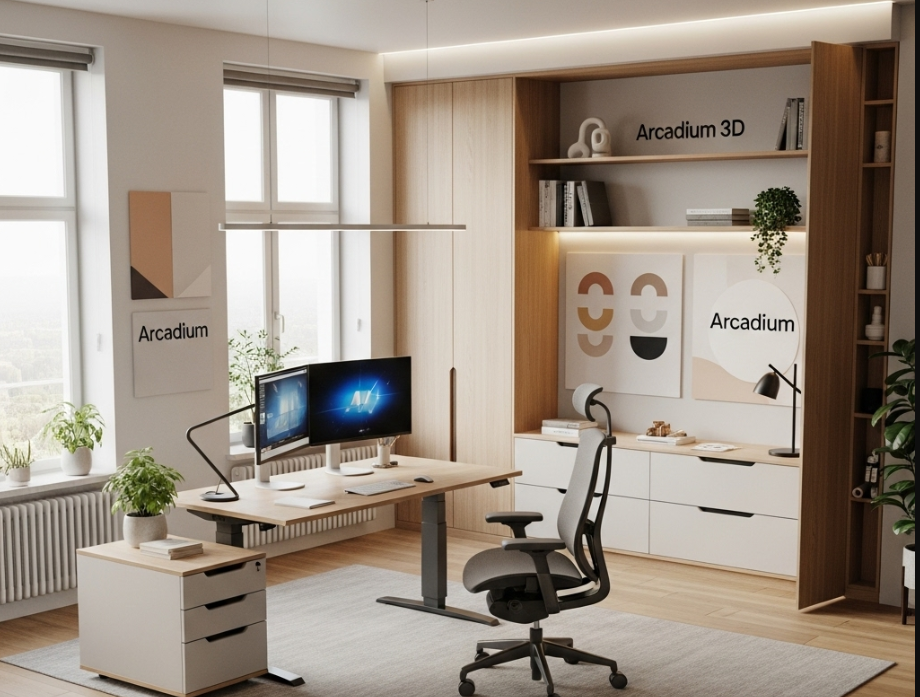
Arcadium 3D is already in the toolkit of forward-thinking interior designers and even real estate professionals. Let’s look at a couple of scenarios where Arcadium’s rapid visualization has made a difference in client communications:
Residential Revamp – Open-Plan Living/Dining:
An interior designer is tasked with updating a drab open-concept living/dining area for a family. The family wants the space to feel more “structured” for each activity (relaxing vs. dining) but doesn’t want to add walls. The designer suggests colour zoning: a calming green-blue envelops the living room walls, while a warm golden yellow defines the dining nook in the corner.
Using Arcadium, the designer quickly models the room with the family’s existing furniture, then applies the two colors to the respective zones. She sends the 3D link to the clients, who are able to do a virtual walkthrough. Seeing their own sofa against a rich colored wall and the dining table illuminated by the yellow backdrop gives them confidence that the idea works.
The designer also generates a couple of AI renderings – one of the whole space during daytime, and one at night with lamplight – so the clients can appreciate the cozy vibe the colors create. Impressed by the realistic preview, the clients approve the design on the spot. In fact, standing inside the Arcadium model via VR (one client popped it into a simple VR viewer) sold them emotionally in a way a flat mood board never could.
Commercial Office – Modern Coworking Space:
A team of designers is pitching for a project to redesign a large coworking office floor. Their concept involves using brand-aligned colors to delineate zones: a blue area for focused work desks, a red area for collaboration lounges, and a green area for break activities. To win the client over, they utilize Arcadium’s rapid prototyping.
In just a day, they create a detailed 3D model of the entire floor, complete with generic desk setups, sofas, planters, etc., all arranged according to their proposed zoning. They then color various wall panels and even sections of the floor in Arcadium to match the blue, red, green scheme. The instant rendering engine means as they tweak shades or boundaries of these colored zones, they see the full 3D effect immediately, ensuring the colors are balanced and not overwhelming.
During the pitch, the designers invite the company’s decision-makers to explore the model on Arcadium. The clients virtually “walk” from the blue focus zone into the vibrant red lounge and can literally see how one area flows to the next. This interactive experience, combined with high-quality AI-generated images of key viewpoints (like the reception area looking toward different colored sections), leaves a strong impression. The clients remark that it’s the first time they’ve truly understood a design proposal without any ambiguity. The firm wins the project, thanks in large part to the clarity and wow-factor of the Arcadium presentation.
Design Iteration and Client Collaboration:
In another case, an interior designer working remotely with a client used Arcadium to collaboratively refine a color scheme. The project was a nursery that doubles as a home office. The initial idea was to zone the room with a soothing pastel palette – a mint green around the crib area and a pale gray for the office side.
The designer shared the Arcadium model with the client, who explored it and felt the mint might be too subtle. On a video call, the designer and client both opened the Arcadium project. The client suggested a bolder peach color. The designer updated the wall color in real time, and Arcadium’s scene immediately reflected the change.
They experimented together, trying a soft coral and then a peach, ultimately finding a hue they both loved. The fact that the client could see their suggestion come to life instantly made them feel invested in the design, and it built a great rapport. This kind of dynamic, interactive feedback loop is only possible because Arcadium removes the typical wait (no rendering overnight or manually recoloring drawings). It’s design and decision-making happening simultaneously.
Across these examples, a common theme emerges: Arcadium 3D empowers designers to communicate ideas vividly and swiftly. Color-zoning is by nature a visual strategy – it’s all about the look and feel of the space. By using Arcadium, we ensure that the visual impact of our ideas is front and center for the client.
Instead of saying “Trust me, it will look good,” we show them exactly how it will look. This builds trust and excitement. Clients feel like they’ve time-traveled into their future space, and that’s a compelling experience.
Explore Our Tool
Transforming Client Presentations with Instant 3D Layouts
In the end, colour-zoning is just one design technique, but Arcadium’s AI tools make it easier to explore, refine, and present this technique (and many others) effectively. The transformation Arcadium brings is twofold: the design process transforms, becoming faster and more iterative, and the client presentation transforms, becoming more immersive and persuasive.
As a 3D room designer, I find that using Arcadium is like having a secret weapon in my arsenal. It lets me focus on creativity – testing daring color splits, unique furniture arrangements, and lighting ideas – without getting bogged down in technicalities or long rendering times.
Clients, in turn, are not just passive recipients of a proposal; with Arcadium, they become active participants in the design journey. When they can virtually walk through a space and see every color choice in context, it demystifies the design.
That mutual understanding means decisions come quicker and with more confidence. Interior designers using Arcadium have reported higher approval rates and less revision cycles, because what you present is what the client expects to get. In business terms, this is a win-win: it impresses clients (often leading to more referrals) and saves you time and effort.
In conclusion, colour-zoning with Arcadium’s AI-driven 3D tools isn’t just a cool trick – it’s a smart strategy for modern interior design practice. It allows you to unleash the full potential of color in a design, knowing you can quickly validate and sell those ideas with stunning visuals.
Whether you’re a seasoned interior designer or a newbie experimenting with your first room, Arcadium 3D puts a powerful platform at your fingertips. It’s never been easier to design a room online free of hassle and instantly bring your color-infused concepts to life. So go ahead – map out that space, splash some color on those virtual walls, and watch your clients’ eyes light up at the 3D magic you’ve created.
Frequently Asked Questions
What is “colour zoning” in interior design?
Colour zoning is a technique where different areas of a room are painted in distinct colors to create visual separation. It’s often used in open-plan layouts to define functional zones (like living vs. dining) without building walls. For example, an accent wall or painted ceiling section can designate a specific “zone” in the space, both styling it and subtly partitioning it.
How does Arcadium 3D help with color zoning?
Arcadium 3D lets you easily apply and change colors on any wall or surface in a 3D room model. This means you can experiment with color zoning ideas in real time and immediately see how they look in a realistic 3D space. Arcadium’s AI tools then allow you to render photorealistic images of those color schemes, helping you (and your clients) visualize the effect of color zoning before doing any actual painting.
Do I need to be a professional or have 3D design experience to use Arcadium 3D?
Not at all. Arcadium is designed to be extremely user-friendly – even first-time users can pick it up quickly. The interface is intuitive (often compared to a video game in simplicity), and there are templates and tooltips to guide you. You don’t need CAD or architectural training. Many DIY enthusiasts use Arcadium, as well as professionals, because it streamlines the design process for everyone.
Is Arcadium 3D really free to use?
Yes, Arcadium 3D’s core features are completely free. You can design unlimited rooms, use the furniture library, experiment with colors, and even generate a set number of AI renderings without any cost. There are premium plans available (for example, if you need very high-resolution renders or more storage/projects), but for most interior design projects the free version is more than sufficient to create and share a stunning 3D layout.
How can I share my Arcadium design with clients or colleagues?
Sharing your design is as simple as clicking the “Share” button in Arcadium. The software will generate a unique URL link to your project. You can send this link to clients via email or chat. When they click it, the design opens in their web browser – no account or software needed on their part. They’ll be able to view the 3D model, do a virtual walk-through, and see all the color zoning and furniture placement you’ve done. It’s a hassle-free way to collaborate or present your ideas interactively.
Explore Our Tool

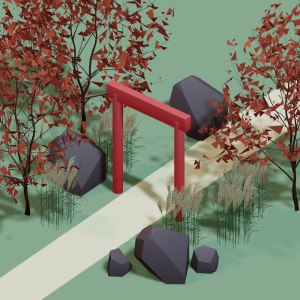 All training, tips and articles
All training, tips and articles
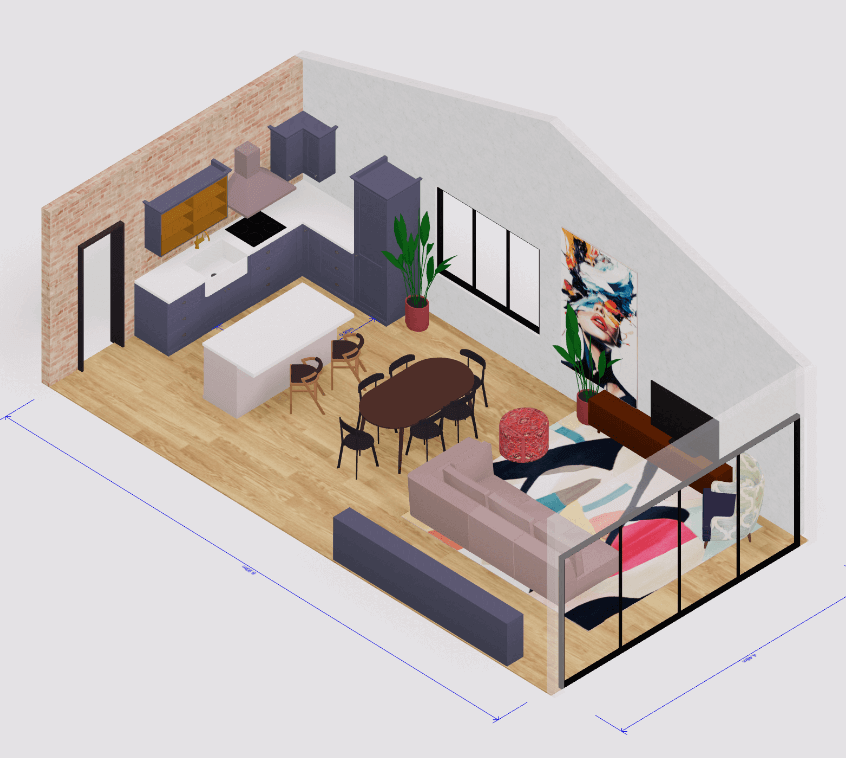 3D house design tool
3D house design tool
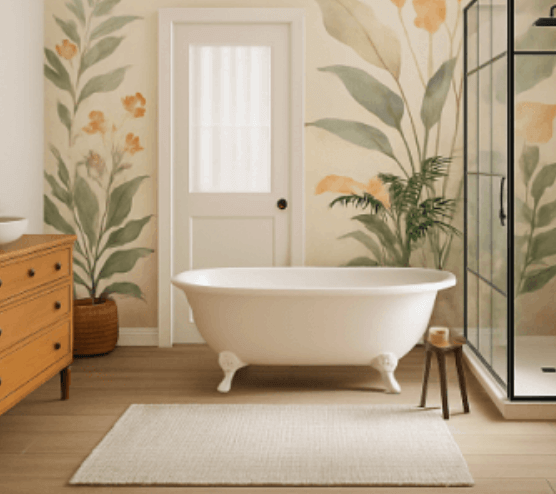
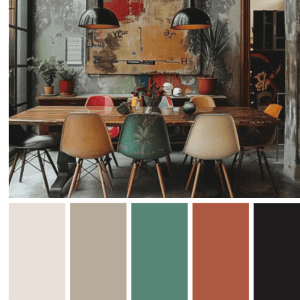 Color palette generator
Color palette generator
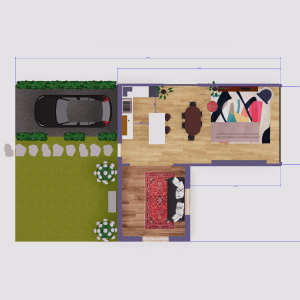 Floor plan creator
Floor plan creator
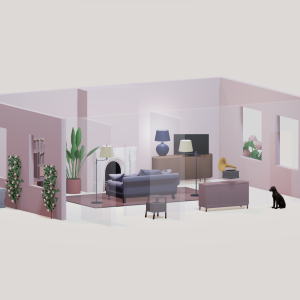 Interior design app
Interior design app
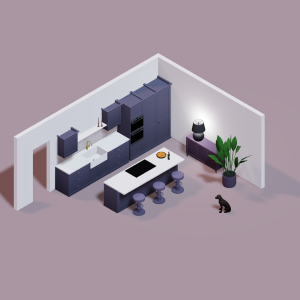 Kitchen design tool
Kitchen design tool
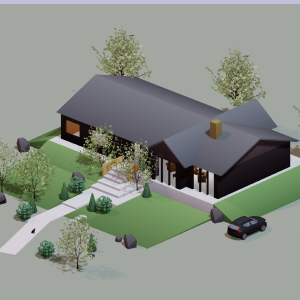 House design software
House design software
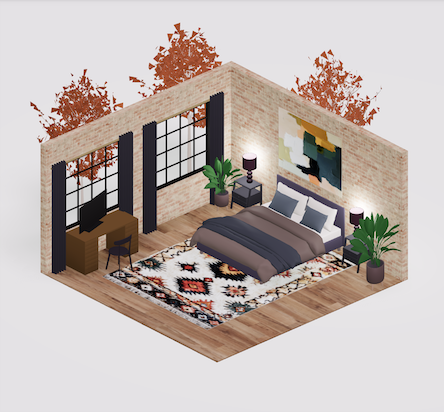 Room designer
Room designer
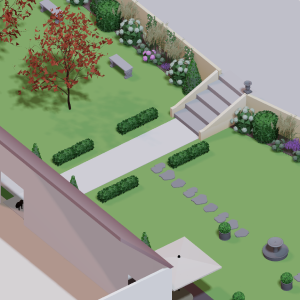 Landscape design software
Landscape design software
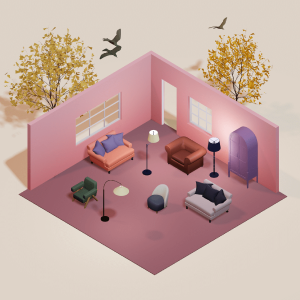 Bedroom design
Bedroom design
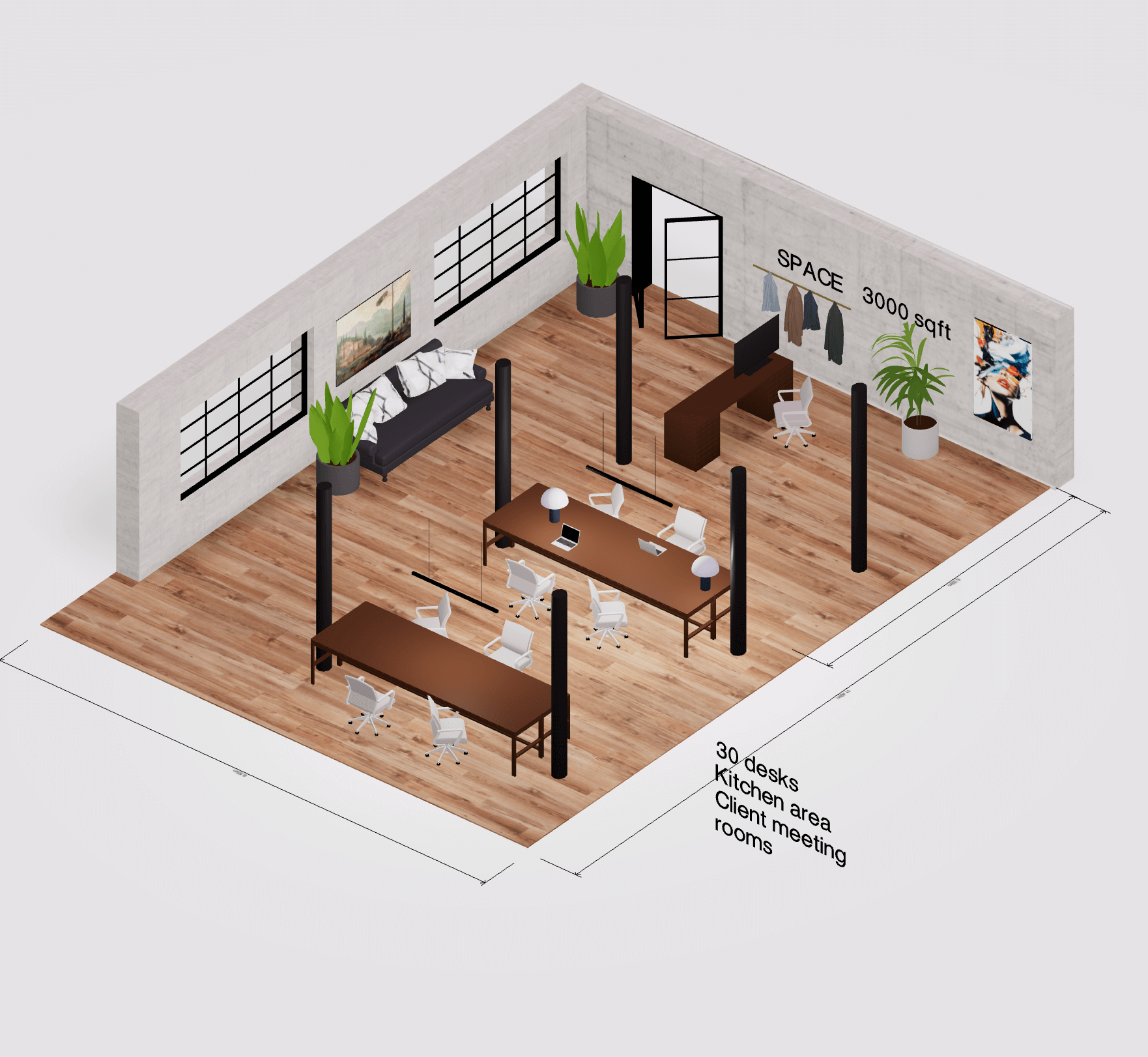 Office floor plan creator
Office floor plan creator
